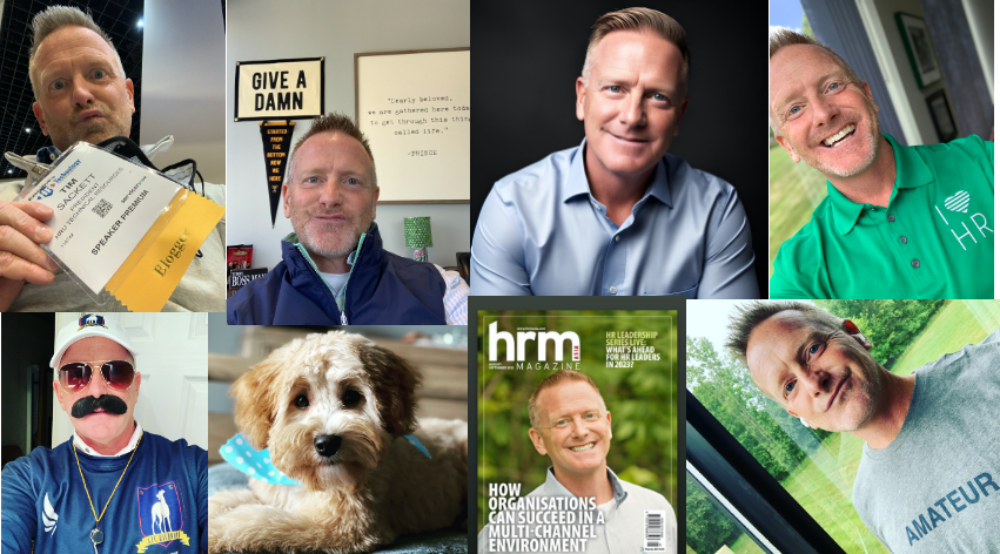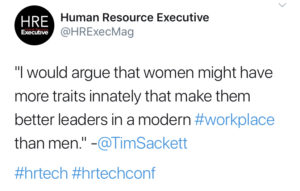I led a panel yesterday at the HR Technology Conference around the evolving talent acquisition stack. My panelists were a great group of TA Leaders, Jennifer Shappley from LinkedIn, Jim Livingston from Quicken Loans, and Sola Osinoiki from Prosus Group, who all shared selflessly about their stack, their wins, and their struggles.
One the question I asked all there was what piece of technology outside of your core ATS could you not do without. When I asked the question I assumed I would hear about recruitment marketing technology, or sourcing technology, or some sort of assessment they were using, but that wasn’t the case.
In fact, all three, without being previously prompted said the one piece of technology they could not do without was their Business Intelligence software. Respectively, Linkedin and Prosus used Tableau, and Quicken Loans uses Microsoft’s Power BI. I have a feeling, eventually, LinkedIn will probably make the move to Microsoft as well, because, well, Microsoft owns LinkedIn!
It makes sense that this would be the most irreplaceable tool. At no point in history has data been more important or more powerful to leaders and HR and TA leaders are no different than any other function. In fact, we could argue HR and TA have combined more data than any other function.
My push back was doesn’t your core ATS deliver the data you need. Every single ATS on the market is building or has built powerful internal BI and reporting tools. Why are they going through this effort if you’re going to just extract your data and pull it into a business intelligence tool?
The response from the panel was basically, enterprise-level organizations, that are using multiple pieces of technology within their recruiting stack need to have the story and pictures around all of this data to truly understand what is happening, and what decisions need to be made moving forward. SMB organizations that are primarily only using the ATS for most of their recruiting can get away with using the internal reporting from an ATS, but the larger your stack becomes, the more of a necessity it is to have BI tools.
Great insight from the group on how modern HR and TA leaders are really invested in their data like never before. These leaders are having to push themselves and their teams to really educate themselves around data so they keep their organizations on a successful path. It’s definitely a leadership skill set that is underrated and probably not looked at enough when it comes to promotion and hiring, but that is quickly going to change!
The difficult piece of BI tools is developing and showing the ROI. You buy a sourcing tool and you can show a drop in third party spend. You purchase a LinkedIn membership and you can show how it helped you hire so many more of a certain role, etc. You buy a business intelligence tool and it will show you what you should be doing that you’re not, but it isn’t as clear on giving you a straight line ROI.
The difference is, though, your executives, especially the c-suite, gets the value of great data. So, in reality, it becomes less of an ROI conversation, and more of a strategy conversation, which for the most part, they are already bought into. So, two great BI tools to go demo, and there are others out their as well. Modern-day TA leaders must-have business intelligence in their stack!

